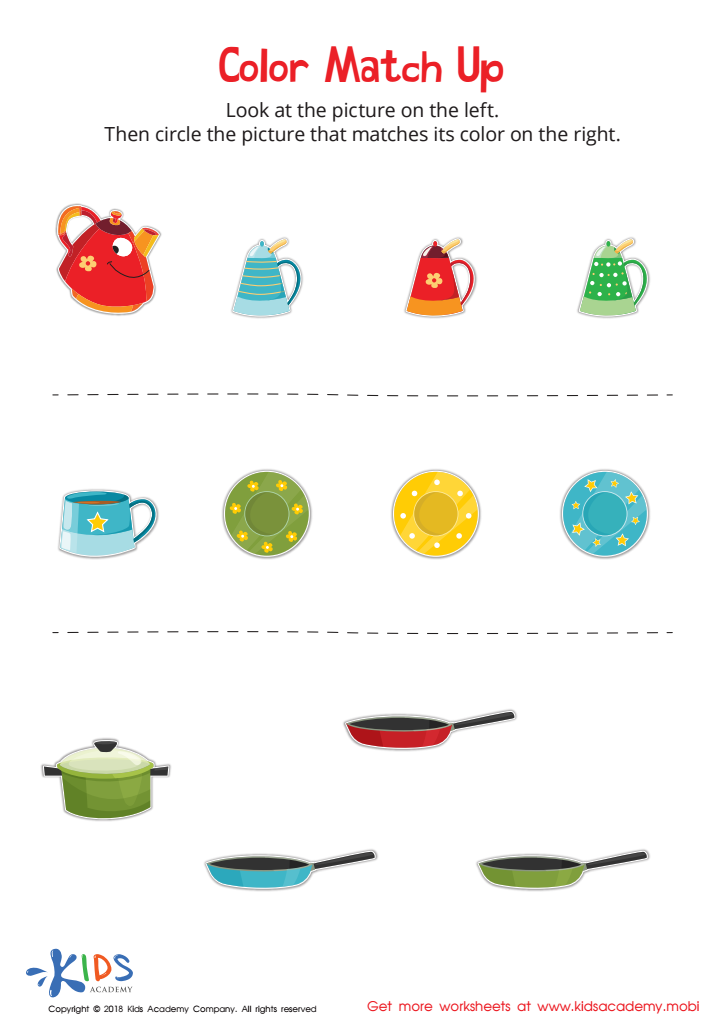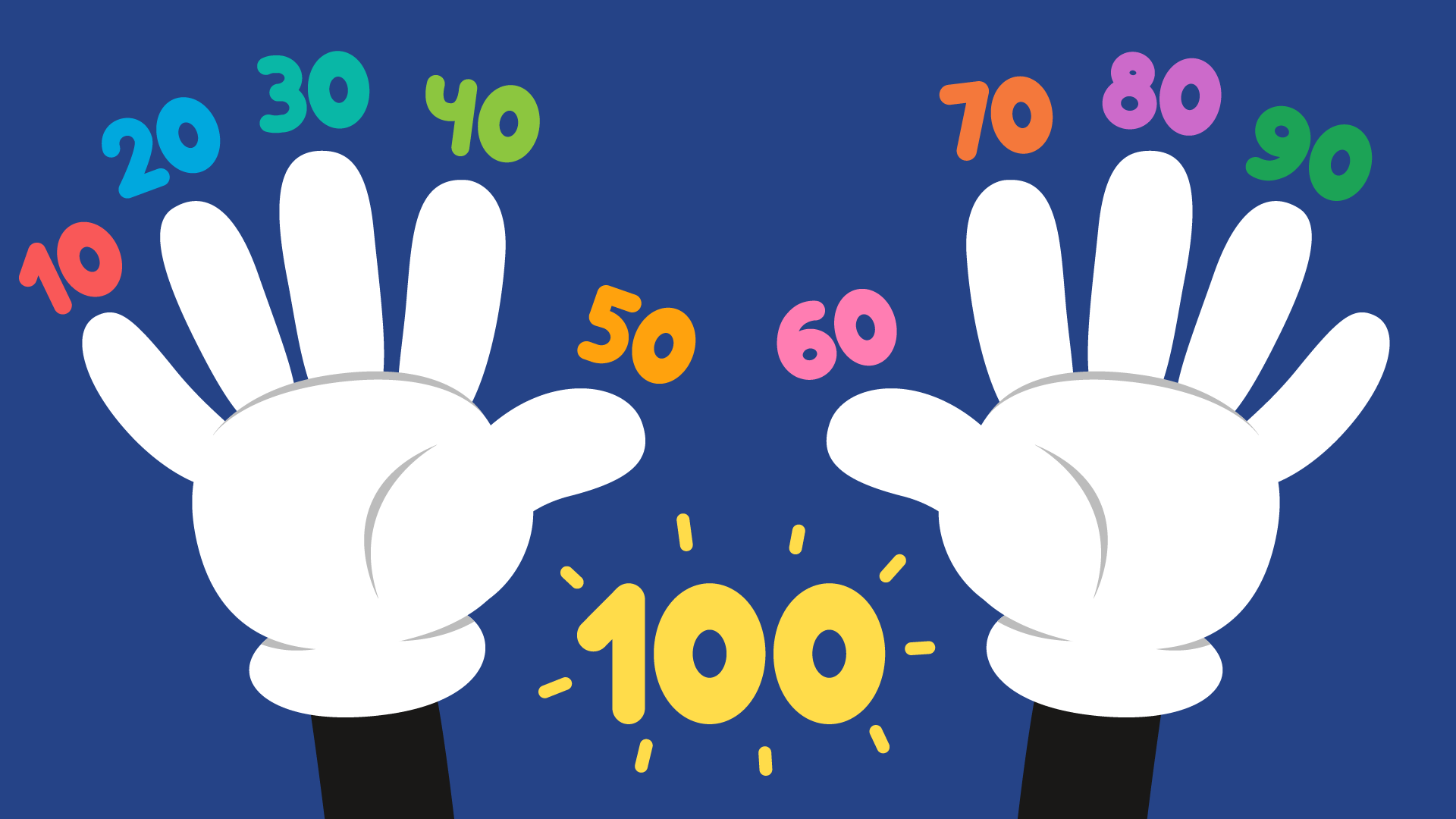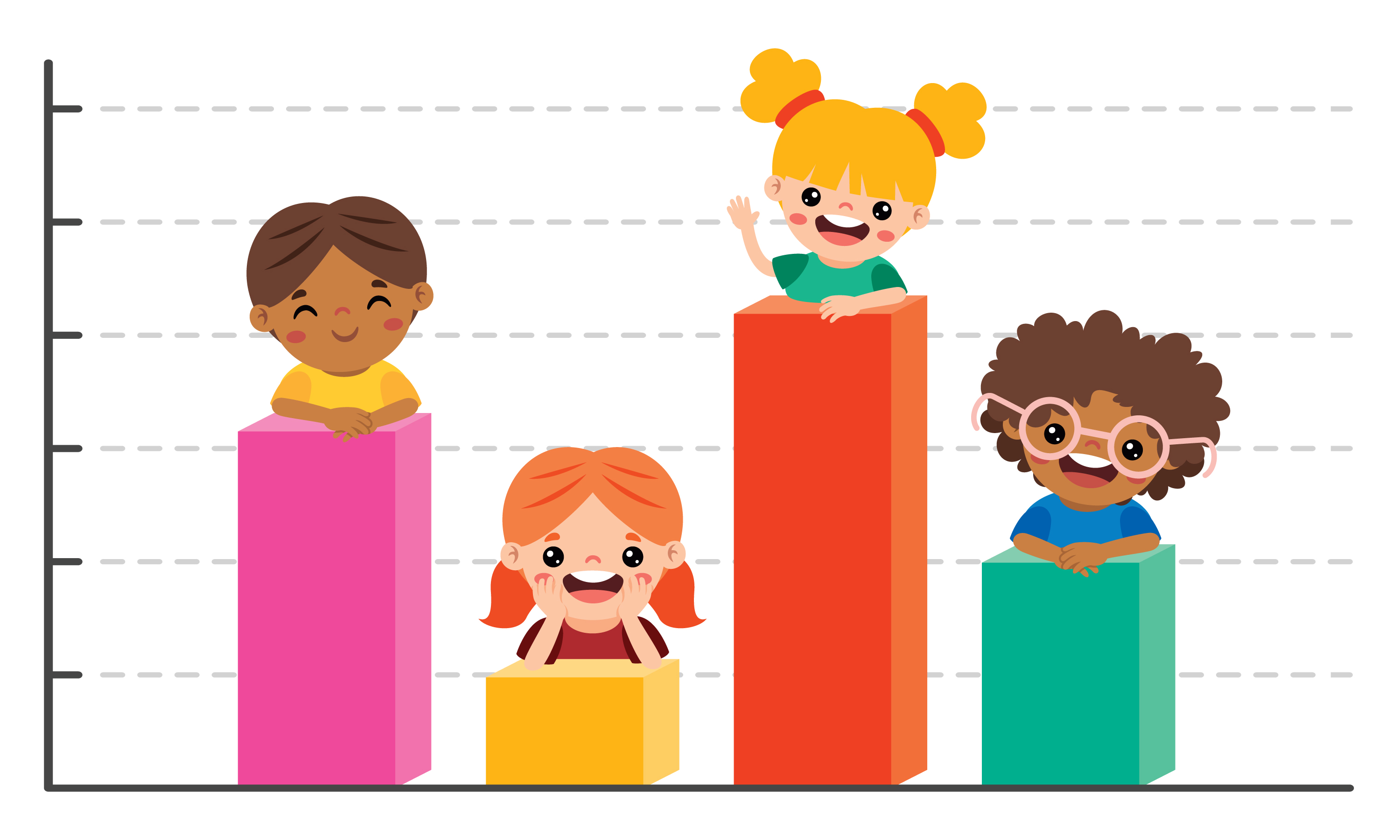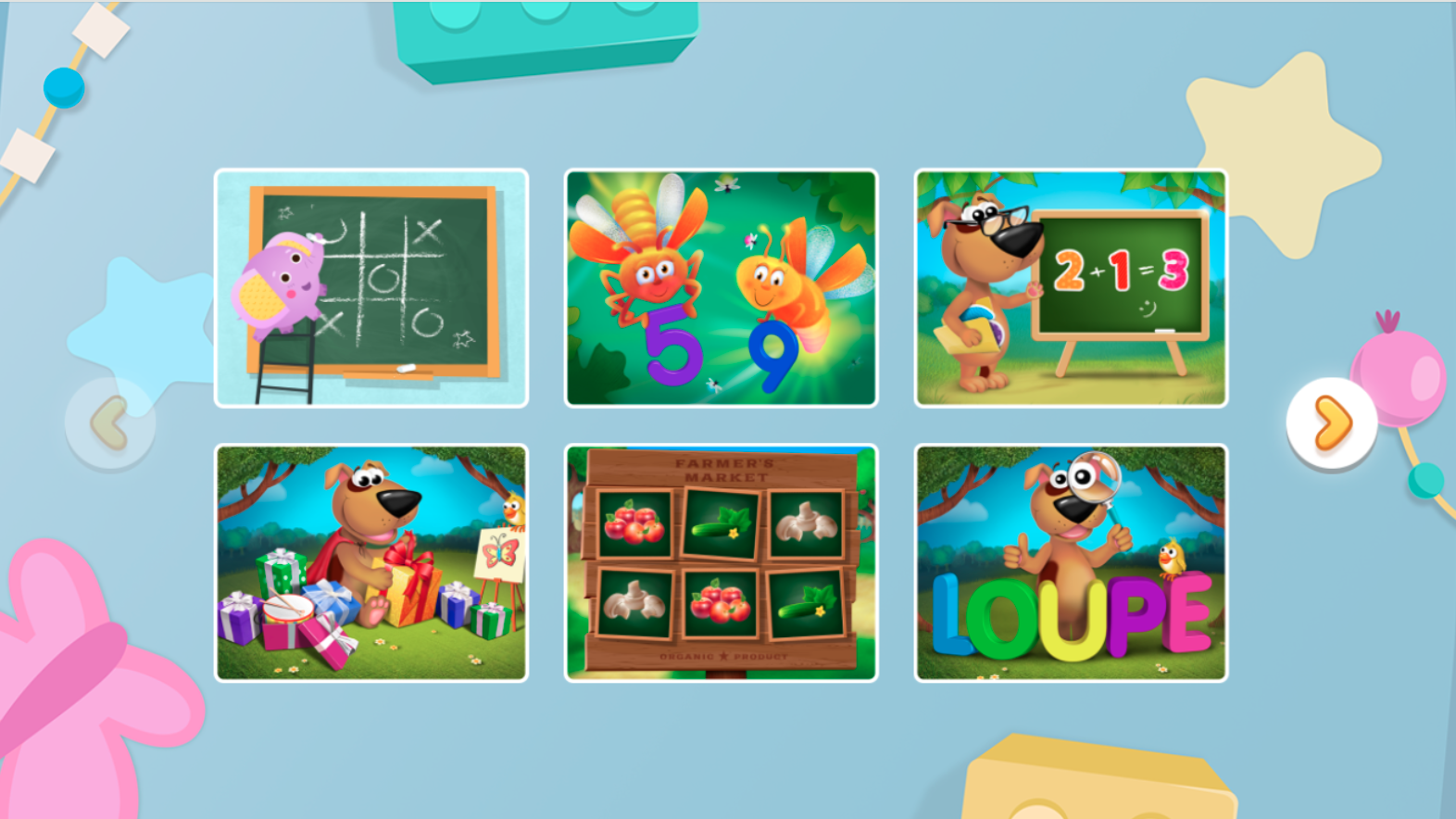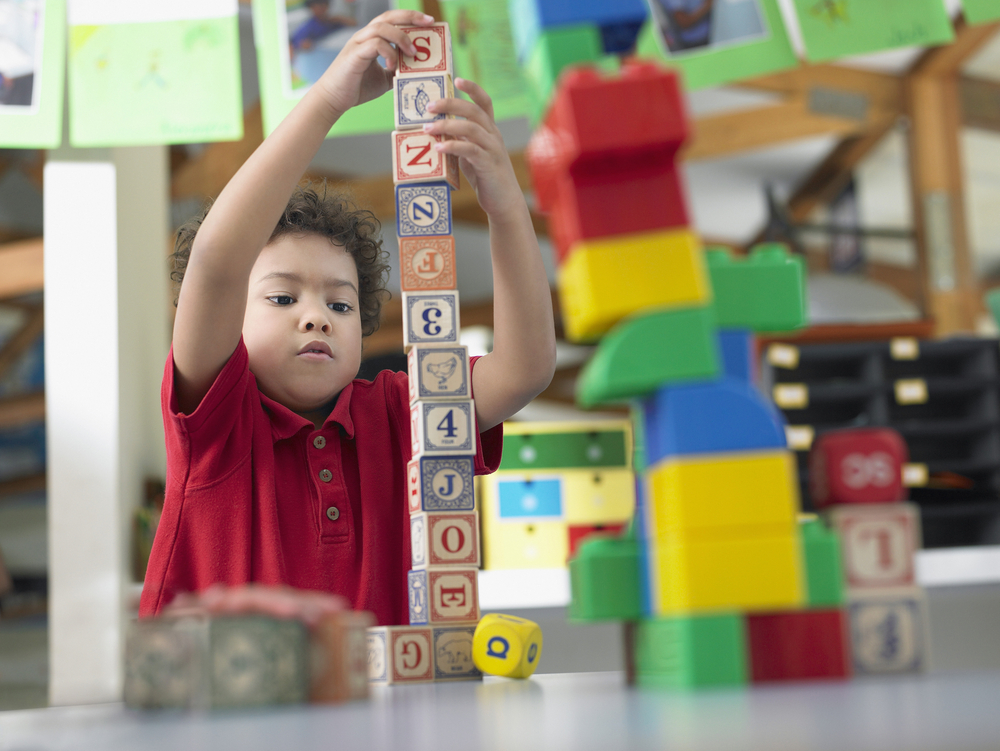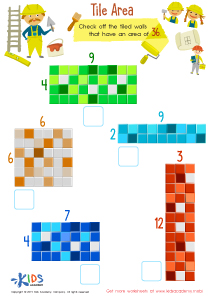Matching skills Normal Matching Worksheets for Ages 3-9
4 filtered results
-
From - To
Unlock your child's potential with our Normal Matching Worksheets designed for ages 3-9! These engaging activities help children develop critical matching skills essential for early learning. Through fun and interactive worksheets, kids will enhance their ability to identify and pair similar objects, colors, shapes, and patterns. Perfect for both classroom settings and home practice, these worksheets support cognitive development while keeping young learners entertained. Tailored to meet the needs of every child, our resources foster confidence and promote independent thinking. Start your journey towards educational success and boost your child's matching skills today with our thoughtfully crafted worksheets!


Fruits Match Up Worksheet
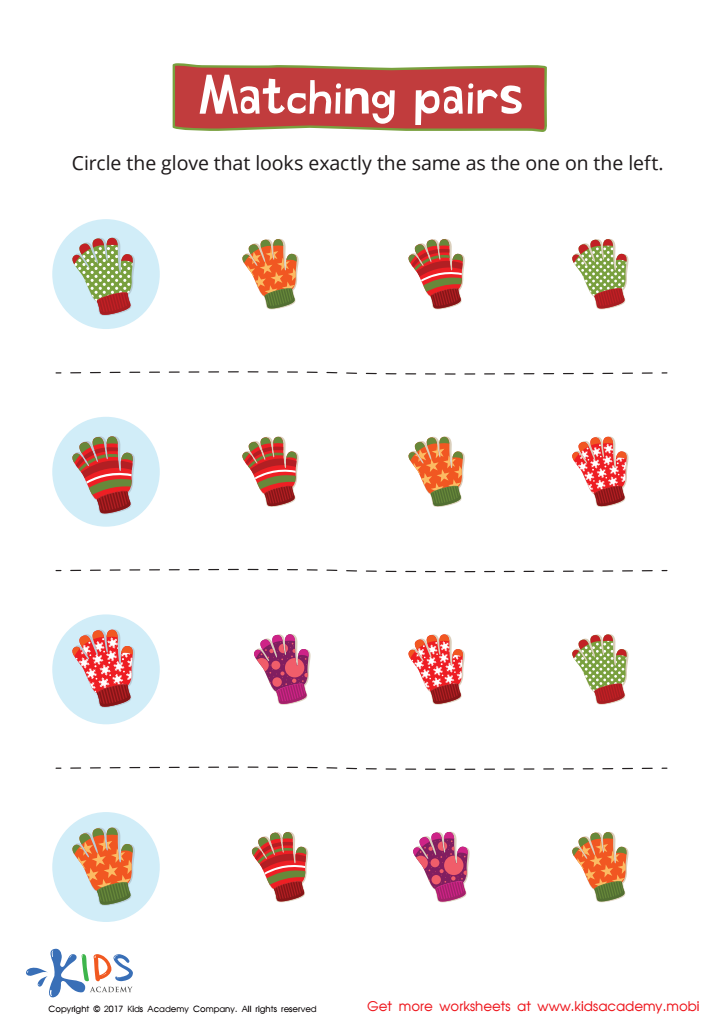

Matching: Matching Pairs Worksheet
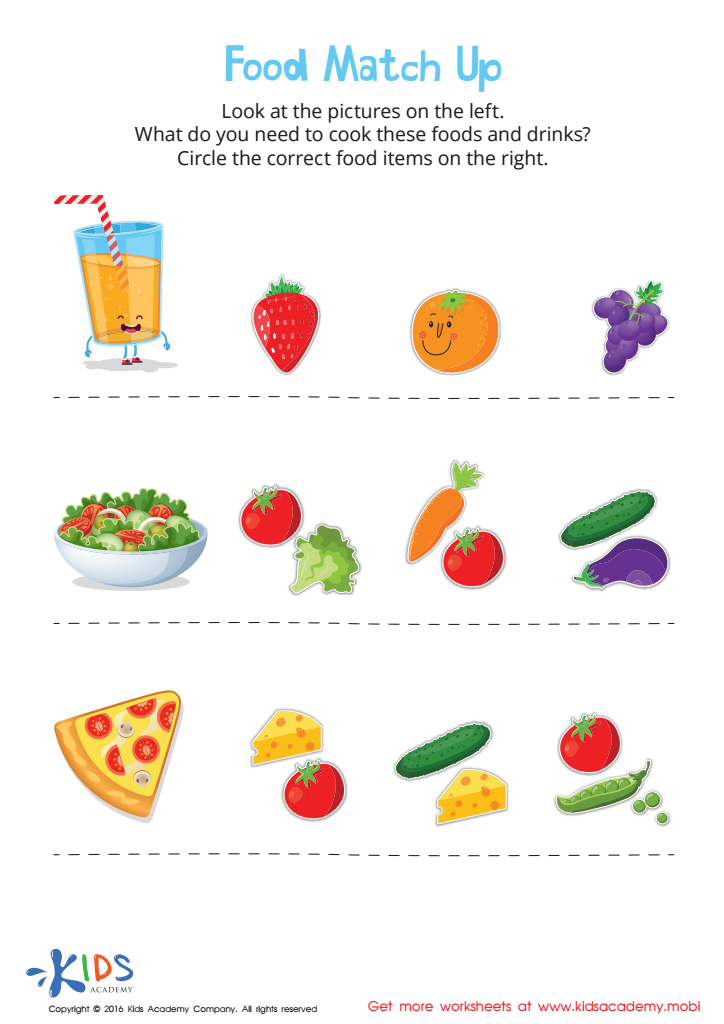

Food Match Up Worksheet
Matching skills, particularly Normal Matching, play a crucial role in the cognitive development of children aged 3-9. Understanding and mastering these skills are essential for several reasons. First, they enhance cognitive processing, as children learn to identify similarities and differences among objects, aiding in categorization and critical thinking. This foundational skill promotes early mathematical and literacy understanding, enabling kids to recognize patterns, letters, and numbers.
Moreover, mastery of matching skills fosters social and emotional growth. Activities that involve matching encourage group interaction, taking turns, and discussing choices, which cultivate important communication skills and teamwork. For parents and teachers, encouraging normal matching provides an engaging way to develop these skills through play and structured activities, making learning enjoyable and less intimidating for young learners.
By investing time in activities that promote Normal Matching, adults help build a strong base for future academic learning. Ultimately, the benefits extend beyond mere academic skills, as these foundations can influence a child's confidence, problem-solving abilities, and independence as they grow. Understanding the importance of matching skills can guide caregivers to create a rich environment for children to thrive both intellectually and socially.
 Assign to My Students
Assign to My Students
